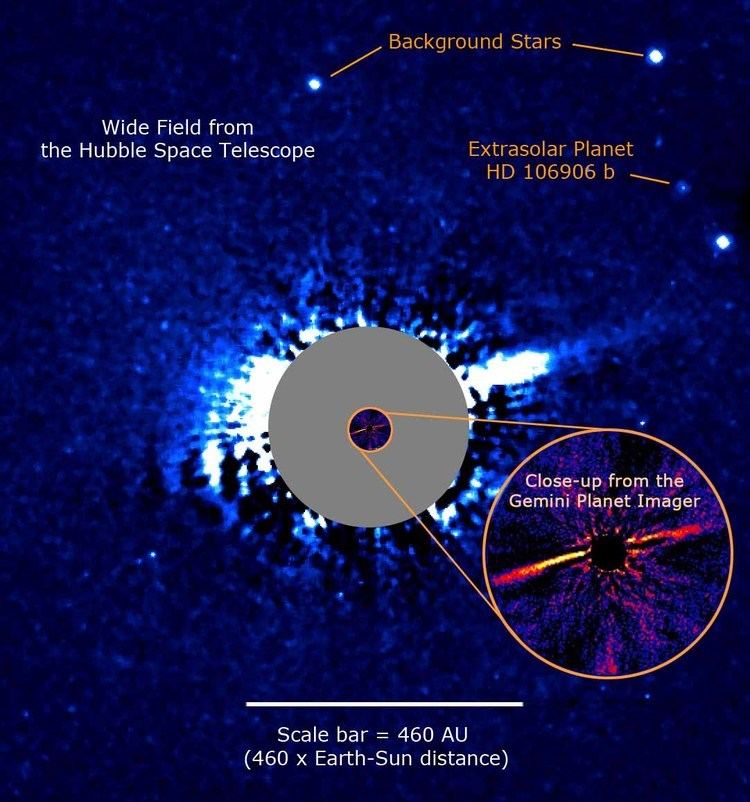Nationality Greek American Fields Astronomy Doctoral advisor David Jewitt | Name Paul Kalas Academic advisor David C. Jewitt Role Astronomer | |
 | ||
Born August 13, 1967 (age 58) New York City ( 1967-08-13 ) Citizenship United States of America Alma mater University of HawaiiUniversity of Michigan, Ann Arbor Education University of Michigan, University of Hawaii at Manoa | ||
Search for extrasolar moons and rings using transit observations paul kalas seti talks 2017
Paul Kalas (born August 13, 1967) is a Greek American astronomer known for his discoveries of debris disks around stars. Kalas led a team of scientists to obtain the first visible-light images of an extrasolar planet with orbital motion around the star Fomalhaut, at a distance of 25 light years from Earth. The planet is referred to as Fomalhaut b.
Contents
- Search for extrasolar moons and rings using transit observations paul kalas seti talks 2017
- Exoplanet at Formalhaut Paul Kalas SETI Talks
- Background
- Discoveries
- Honors
- References

Exoplanet at Formalhaut - Paul Kalas (SETI Talks)
Background

Kalas was born in New York City to George and Maria Kavallinis, who immigrated to the United States from Heraklion, Crete. Kalas attended Detroit Country Day School in Michigan, and studied astronomy and physics at the University of Michigan, Ann Arbor. He earned a Ph.D. in Astronomy in 1996 from the University of Hawaii under the direction of astronomer David Jewitt.
Kalas worked as a postdoctoral scientist at the Max Planck Institute for Astronomy in Heidelberg, Germany, the Space Telescope Science Institute, and the University of California, Berkeley. In 2006, he became an Adjunct Professor of Astronomy at the University of California, Berkeley.
Kalas lives with his wife Aspasia Gkika and daughters Maria-Nikoleta and Natalia near Berkeley, California.
Discoveries
Kalas discovered several circumstellar disks using a coronagraph on the Hubble Space Telescope and at the University of Hawaii 2.2-meter telescope at Mauna Kea, Hawaii. In 1995 he discovered various forms of asymmetric structure in optical images of the Beta Pictoris disk. He was the lead scientist for the first optical images of debris disks surrounding the nearby red dwarf AU Microscopii and the bright star Fomalhaut.
Kalas' Hubble Space Telescope image of Fomalhaut revealed a narrow belt of dusty material analogous to our Solar System's Kuiper Belt. However, Kalas also found that Fomalhaut's belt is narrow and geometrically offset from the star by 15 astronomical units. These features are considered strong evidence for an extrasolar planet orbiting Fomalhaut that gravitationally sculpts the morphology of the belt.
